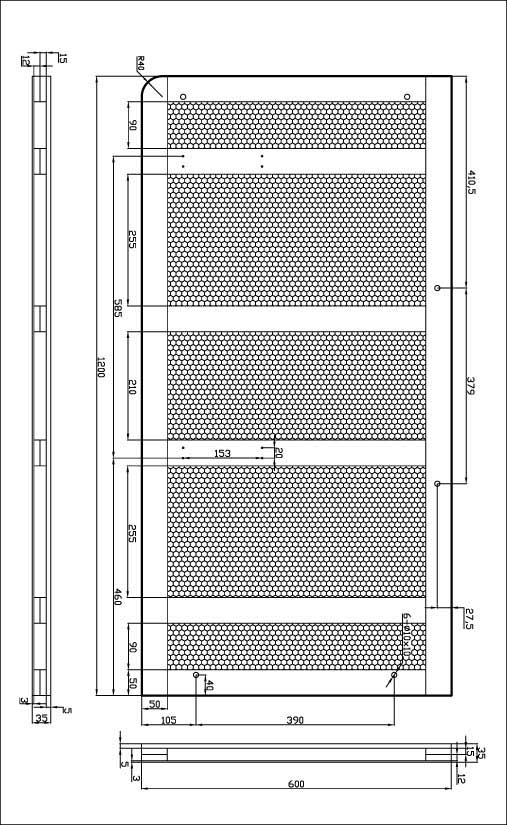Question
I am having problems with a desktop as shown in the drawing below. The interior of the desktop is a framework of 12 and 15mm MDF with honeycomb paper. It has a 5mm top layer and a 3mm bottom layer.
The problem I have is the edges of the interior framework are showing through my top layer of 5mm MDF, so the top does not look flat. I know I can solve it by using a thicker material but I have to keep the cost and the weight to a minimum.
I did try to run the top through a friend’s thickness sander, but it only solved the problem a little. Has anyone else had this problem? Can you let me know how to solve this?

Forum Responses
(Cabinetmaking Forum)
From contributor D:
We are quite familiar with the challenges you are facing. In all likelihood the frame material is slightly oversized, the Kraft paper may be undersized, or perhaps too much pressure was applied when the panel was laid-up.
Relating to honeycomb - these challenges and the hassle of laying-up purpose-built parts were at the heart of Häfele’s thinking when we recently created connectors for use with honeycomb panels. These connectors allow the honeycomb panel to be made in conventional sheets, cut to size, and finally edged. No internal framing is required. It's not a help for your project today, but if in the future you are building case goods this may be worth investigating.
I then send the top out for wide belt sanding (usually costs about 15 to 20 dollars). When that is done I laminate the top veneer and bottom veneer onto the top in the bag. After this I cut to size so the top is the correct size with smooth sides.
Get the router and cut the edge thought the veneer into the frame and you can't tell where the veneer ends and frame begins. I have had many people confused as to how the top weighs so little. Also the Plascore allows the top to absorb a blow without showing damage as it simply returns to its original shape.